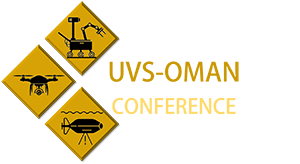
FULL DAY WORKSHOPS
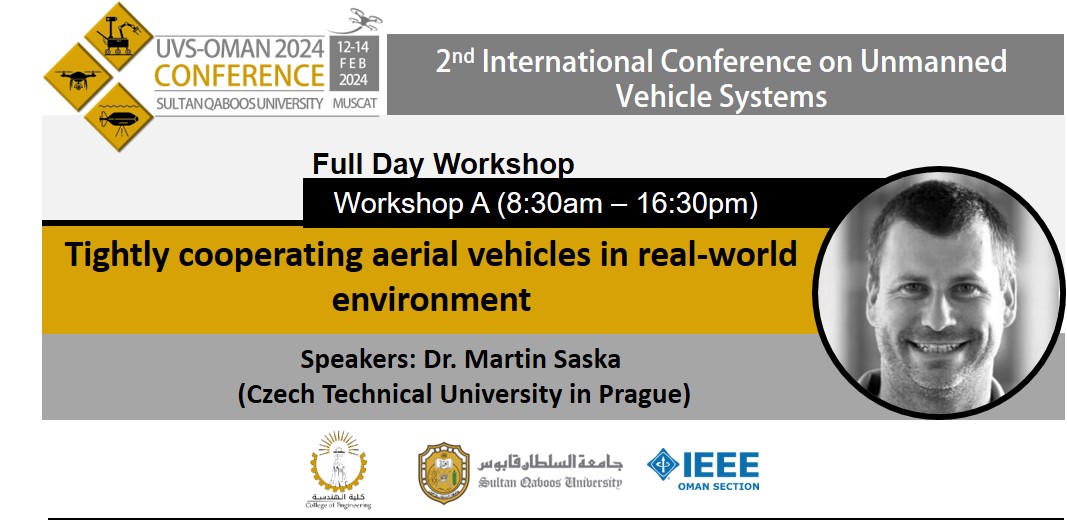
Description: Using large teams of tightly cooperating Micro Aerial Vehicles (MAVs) in real-world (outdoor and indoor) environments without precise external localization such as GNSS and motion capture systems is the main motivation of this talk. A presentation of some insights into the research of fully autonomous, bio-inspired swarms of MAVs relying on onboard artificial intelligence will be followed by discussion of the important research question of whether the MAV swarms can adapt better to localization failure than a single robot. In addition to the fundamental swarming research, real applications of multi-robot systems such as indoor documentation of large historical objects (cathedrals) by formations of cooperating MAVs will be presented, in addition the workshop will cover cooperative inspection of underground mines inspired by the DARPA SubT competition, localization and interception of unauthorized drones, aerial firefighting, radiation sources localization, power line inspection, and marine teams of cooperating heterogeneous robots.
Scope and topics of the workshop
- Autonomous aerial system, architectures and taxonomies (sensors, actuators, applications; fixed wing, multirotor, VTOL – convertibles, …)
- Multi-robot architectures and taxonomies (centralized, decentralized and distributed…)
- Research of MRS at CTU in Prague
- Formation control (leader-follower, virtual structures, time-varying topology, connectivity maintenance, pursuit – evader, steady-state and bearing-based formations)
- Behavior-based systems (swarm robotics, bio-inspired flocking algorithms)
- Cooperative localization of team members (nearby robots)
- Practicals on Multi-robot systems.
|
Capacity (Seats) |
Fees (US Dollars $) |
Workshop A |
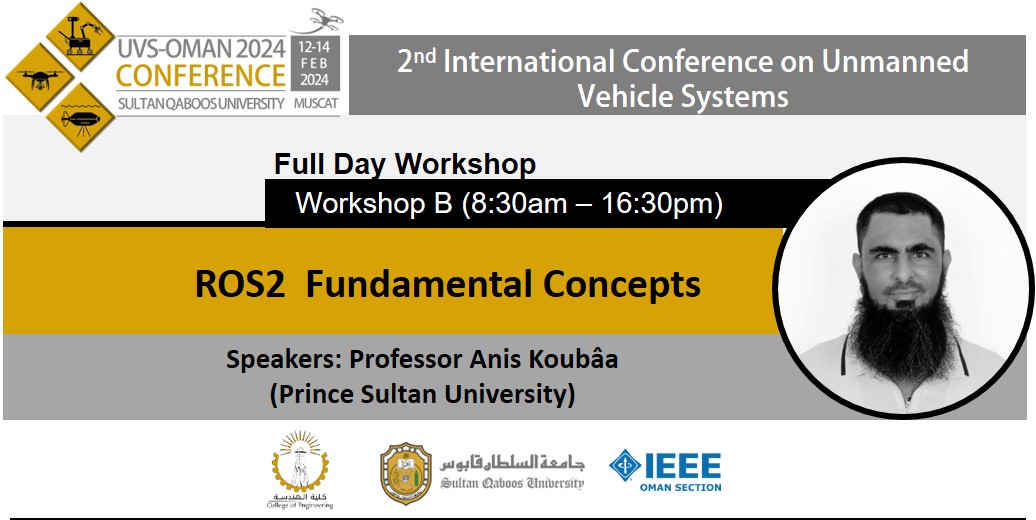
Description: The Robot Operating System (ROS) is a widely-used framework for developing robotic applications, and its latest version, ROS2, offers numerous advancements over its predecessor. This technical workshop is designed to provide participants with a comprehensive understanding of the ROS2 computation graph and fundamental concepts, including nodes, topics, and services. The workshop will also cover the integration of basic robotic motion applications using ROS2
Throughout the workshop, participants will gain practical experience through hands-on exercises and examples that will enable them to create their own ROS2 applications. The session will start with an overview of the ROS2 architecture and how it differs from ROS, followed by an in-depth explanation of the computation graph and its key components. The workshop will also cover the communication mechanisms within ROS2, such as nodes, topics, and services.
The latter half of the workshop will be dedicated to integrating the learned concepts into simple robotic motion applications. Participants will learn how to create a robot model and simulate the movement of the robot using ROS2. Additionally, they will gain experience in creating custom message types, which are used to communicate data between nodes. By the end of the workshop, participants will have gained a thorough understanding of the ROS2 computation graph and fundamental concepts, as well as the ability to create their own basic robotic applications using ROS2.
|
Capacity (Seats) |
Fees (US Dollars $) |
Workshop B |
HALF DAY WORKSHOPS
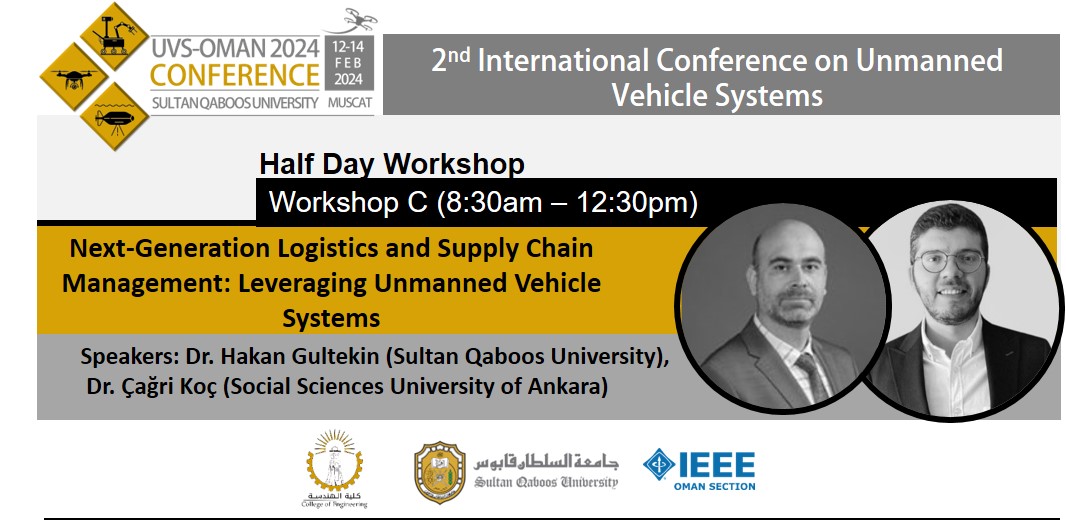
Description: Supply Chain operations include the operations of all parties from raw material suppliers to the end user, including manufacturers, warehouses and distribution centers, and retailers. Unmanned vehicles are groundbreaking new technologies that enables the maximization of responsiveness and efficiency and offer opportunities that all stakeholders in the supply chain can benefit from. The Oman Vision 2040 focuses on economic diversification, job creation, and improving the quality of life for its citizens. Leveraging unmanned vehicle systems in logistics and supply chain management plays a vital role in realizing these objectives. By incorporating autonomous drones and robots, Oman can revolutionize its logistics and supply chain operations, enhancing efficiency, reducing costs, and enabling the seamless movement of goods and services.
The workshop will cover the following:
- Application of unmanned vehicle systems in supply chain operations. Examples on how UVS automate processes, optimize routes, improve efficiency, and enhance customer experience in inventory management, warehouse operations, last mile delivery, supply chain visibility, and safety and security.
- Autonomous drones and robots for inventory management and warehouse operations. Usage of UVS in order picking, inventory tracking, order fulfillment, and warehouse organization. We will also present relevant modeling and optimization problems.
- Last-mile delivery solutions using unmanned vehicles. Transportation of goods from distribution centers or warehouses directly to customers’ doorsteps with UVS. UVS are especially helpful for deliveries that are urgent or time-sensitive, such as perishable items or medical supplies. We will introduce available UVS technologies for last mile delivery and how to optimize these operations.
- Optimization models for route planning and scheduling in unmanned logistics operations. Effective utilization of UVS requires solution of several complex optimization problems related to route planning and scheduling. They are necessary to minimize travel time, energy consumption, operational costs, and maximize customer satisfaction. We will elaborate on these problems and various solution approaches.
|
Capacity (Seats) |
Fees (US Dollars $) |
Workshop C |
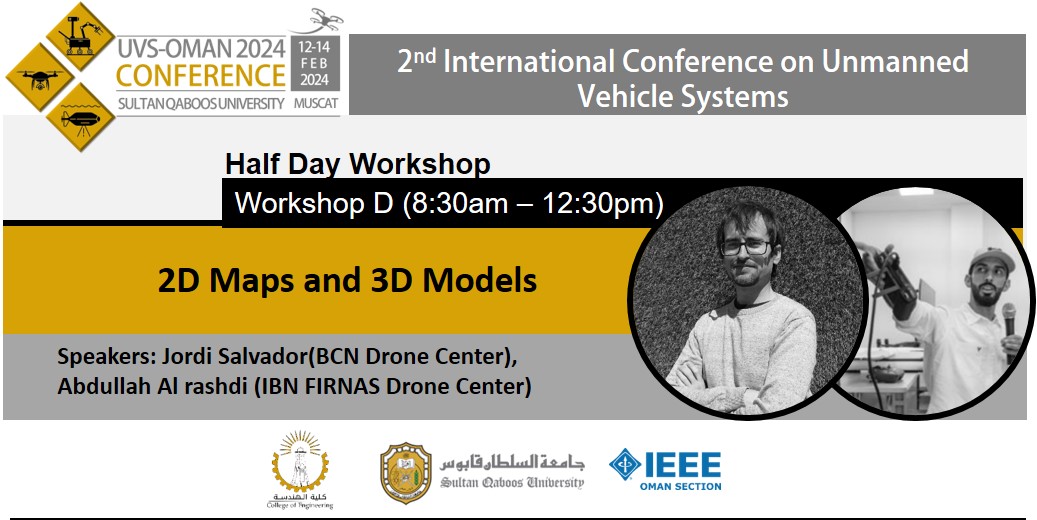
Description: This workshop will focus on the Drone Image 2D mapping and 3D Modelling by using drone technology. 2D mapping and 3D modeling are important and useful in surveying for several reasons:
The syllabus is divided in theoretical and practical sessions covering the following topics:
Theoretical Training
- Introduction to Drone Mapping
- Photogrammetry
- Metric Camera Calibration
- Imagery Processing Pipeline
- Multiview Stereo Reconstruction
- Photogrammetric flight planning
- 3D Point Cloud Generation
- Digital Elevation Models (DEM, DSM and DTM)
- Orthophoto Map Generation
- Resolution & Precision
- Ground Control Points and Checkpoints
Practical Training
The hands-on software practical training will consist on the following steps:
- Photogrammetric flight plan preparation
- Photogrammetric flight plan execution and data compilation
- 3D point cloud generation
- Orthophoto Map generation
|
Capacity (Seats) |
Fees (US Dollars $) |
Workshop D |
Contact
For more information: Contact – Workshop/Tutorial Committee
- Amur Al Yahmedi (amery@squ.edu.om)
- Riadh Zaier (zaier@squ.edu.om)
- Tasneem Pervez (tasneem@squ.edu.om)
- Nasra Al Maskari (maskaria@squ.edu.om)
